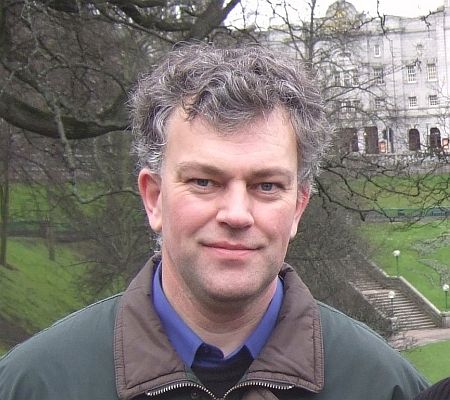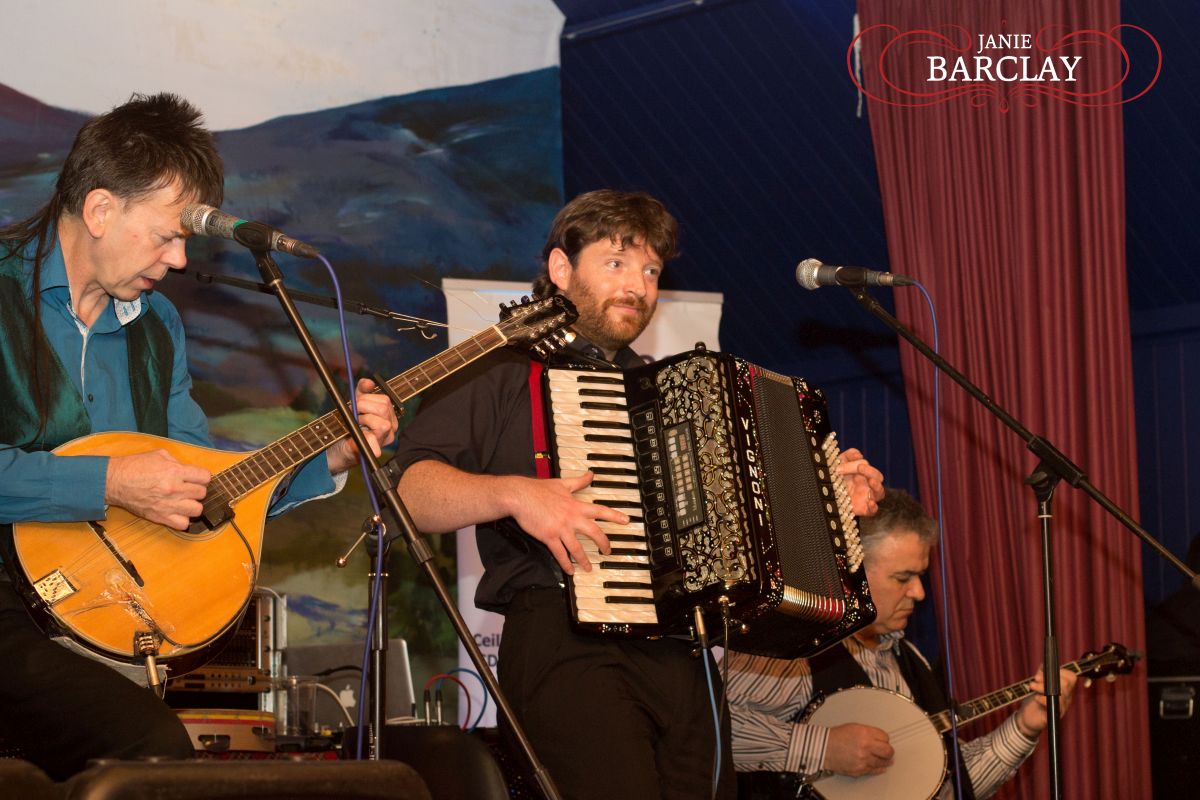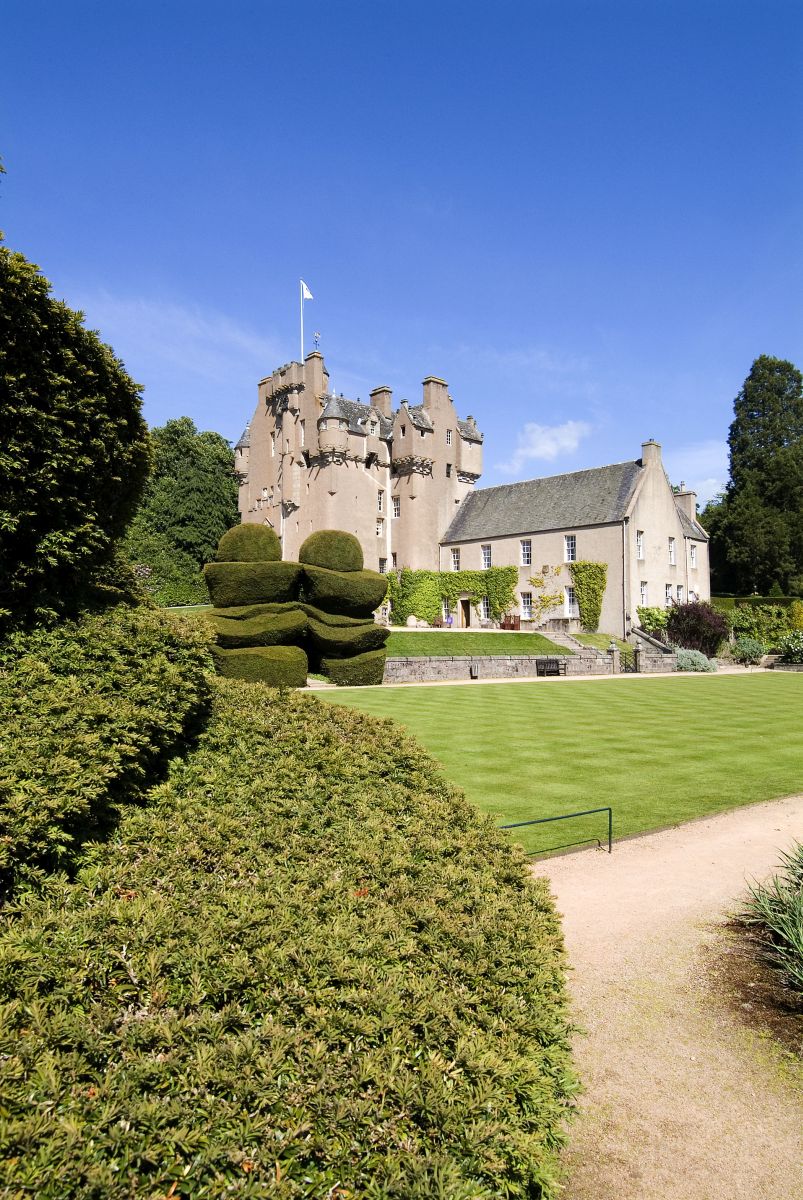Duncan Harley reflects on Life, the Universe and Everything. A sideways look at the world and its foibles.
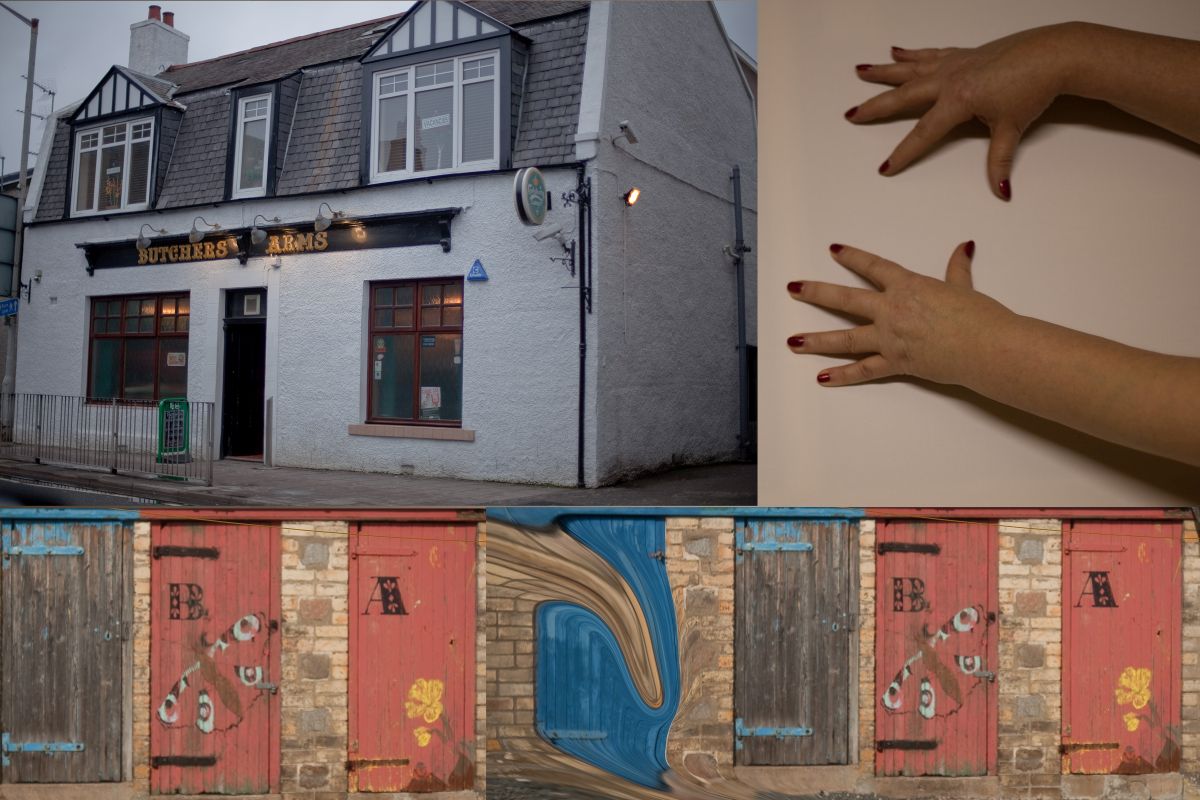 Nephrostomies work reasonably well but are, if truth be told, never particularly good. I mean, who in their right mind wants to wear a bag full of warm urine around their waist in summer. Not that anyone might know of course.
Nephrostomies work reasonably well but are, if truth be told, never particularly good. I mean, who in their right mind wants to wear a bag full of warm urine around their waist in summer. Not that anyone might know of course.
In the best possible taste, all is pretty well hidden apart from the drainage tube sticking out of one’s back.
In fact, the consultant, or at least one of them, cautioned that, although it all looks bleak – and I can tell you that this is true – no-one would really know that you are wearing one.
Really? I think not. Pissing, showering and anything to do with having sex are on the table as being difficult.
Having a shower involves a set routine.
First wash your hands. Then empty the urine bag. Ensure that a dry waist belt is available and then, and only then, take a shower. On emerging, dry off before changing belts. Make sure that you towel underneath the bag – otherwise you will need to suffer wet pants and worse. Above all, never sleep on your back and avoid turning in bed lest you put pressure on the bag. And, whenever it feels right, keep on with the hand-washing.
It’s a habit learned from the warnings on the wards – hospital acquired infections are rife. Hand-washing may defray death.
Simple really.
That’s an aside of course. Mainly, and apart from not being able to sleep on my back for the last 12 weeks, life is good.
The health-break has allowed a final edit to the new book. Taking it easy is fine if the head is allowed to engage after all.
The first post-surgical days were, to coin a phrase, a bit mad. An elder son had gifted a biography of a certain Bukowski as a birthday gift and I read it on the ward. Between bouts of surgically induced pain, the life and times of the man who variously wrote ‘Some people never go crazy, what truly horrible lives they must lead’ and ‘We are here to laugh at the odds and live our lives so well that Death will tremble to take us’ made complete sense. All down to the morphine perhaps.
So, there we have it. There is nothing like a good nephrostomy really.
At least, in the big picture, I have had a chance to do a final edit to the new book. I had, until now, no idea how much work a book involved. As I sit recovering aside a pile of other people’s books I and my cat Lucy take heart that in a few weeks or so, I will become famous. Or infamous, depending on your stance, as the author of the A-Z of Curious Aberdeenshire.
After all everyone should write a book at least once in their lifetime and I count myself one of the lucky few who have finally made it into print. Lucy is not so sure.
Muchalls, David Toulmin and the doomed Marquis of Montrose all get a good mention alongside Inkson McConnachie, Victoria’s ‘brown Brown’ and of course Jock o’ Bennachie.
Here’s a wee extract:
“When John Reid wrote about his native North-east in his guise as David Toulmin,
he penned some memorable stories. His tale ‘Snowfire’ springs to mind. Hitler’s
armies are at the very gates of Moscow and the Russians are fighting for their
lives in the siege of Leningrad. It is 1942 and he records that the folk of Buchan
were getting the ‘tail-end’ of the Russian winter ‘so you dug the snow from the
turnip drills … and all you’d get for an afternoon’s work was enough to fill a horse
cart.’ During a fierce blizzard, the farm’s water supply freezes, leaving the drinking
troughs empty. When the beasts are finally let onto the frozen river to drink from a
hole in the ice, a German bomber appears overhead and the aircraft gunner sprays
the ice with bullets, sending the thirst-crazed animals to a watery doom.
Toulmin is nowadays internationally recognised as one of Aberdeenshire’s finest
exponents of the short story. Born on a farm at Rathen in Aberdeenshire, he
worked as a farm labourer and spent most of his life working long hours on
the land for very small rewards. In odd moments he jotted down short stories,
character studies and bothy tales. Eventually, he had a few articles printed in local
newspapers. The first of his ten books was published when he was 59. His literary
output consisted mostly of short stories and reminiscences, his one novel, Blown
Seed, painting a vivid and harsh picture of farm life as an indentured labourer.”
Wish me luck is all I can say.
Grumpy Jack
PS: the book is on pre-order at http://www.thehistorypress.co.uk/publication/the-a-z-of-curious-aberdeenshire/9780750983792/
- Comments enabled – see comments box below. Note, all comments will be moderated.
 Mike Shepherd reviews Duncan Harley’s ‘The Little History of Aberdeenshire’.
Mike Shepherd reviews Duncan Harley’s ‘The Little History of Aberdeenshire’.
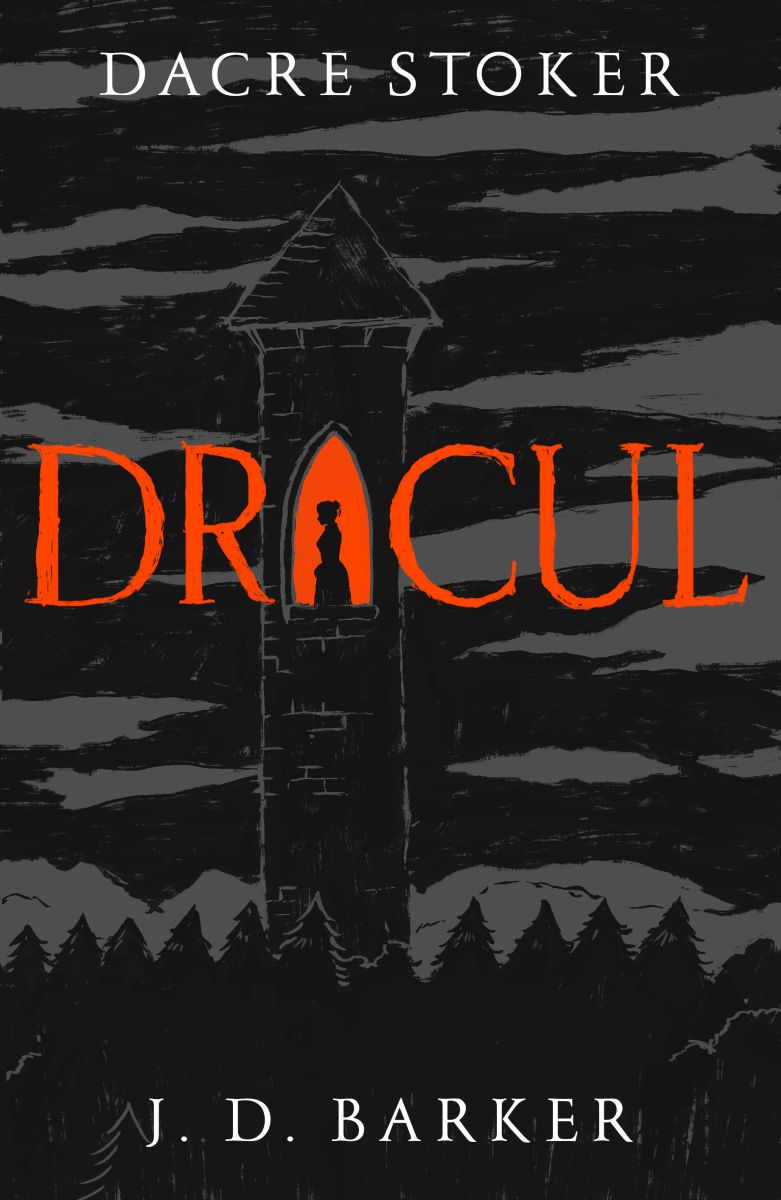 Local writer Mike Shepherd is about to release a new book about Bram Stoker’s Cruden Bay connection and Dacre Stoker – in conjunction with Illinois born writer J.D. Barker – is about to unleash a prequel to Stoker’s Dracula classic.
Local writer Mike Shepherd is about to release a new book about Bram Stoker’s Cruden Bay connection and Dacre Stoker – in conjunction with Illinois born writer J.D. Barker – is about to unleash a prequel to Stoker’s Dracula classic.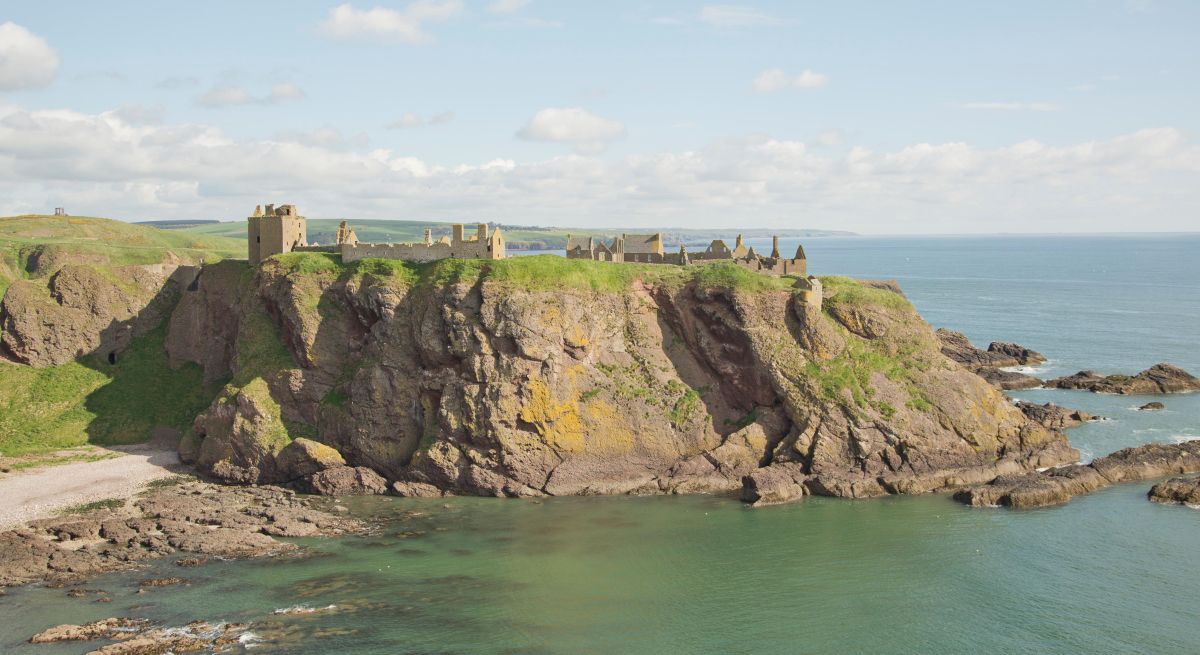 Tucked out of the way in the far reaches of the land, behold Aberdeenshire, a place that can boast the forlorn reputation of being largely unknown to the population at large. Edinburgh yes; Glasgow yes; and lots of tourists nip up the west coast of Scotland, but Aberdeenshire?
Tucked out of the way in the far reaches of the land, behold Aberdeenshire, a place that can boast the forlorn reputation of being largely unknown to the population at large. Edinburgh yes; Glasgow yes; and lots of tourists nip up the west coast of Scotland, but Aberdeenshire?
